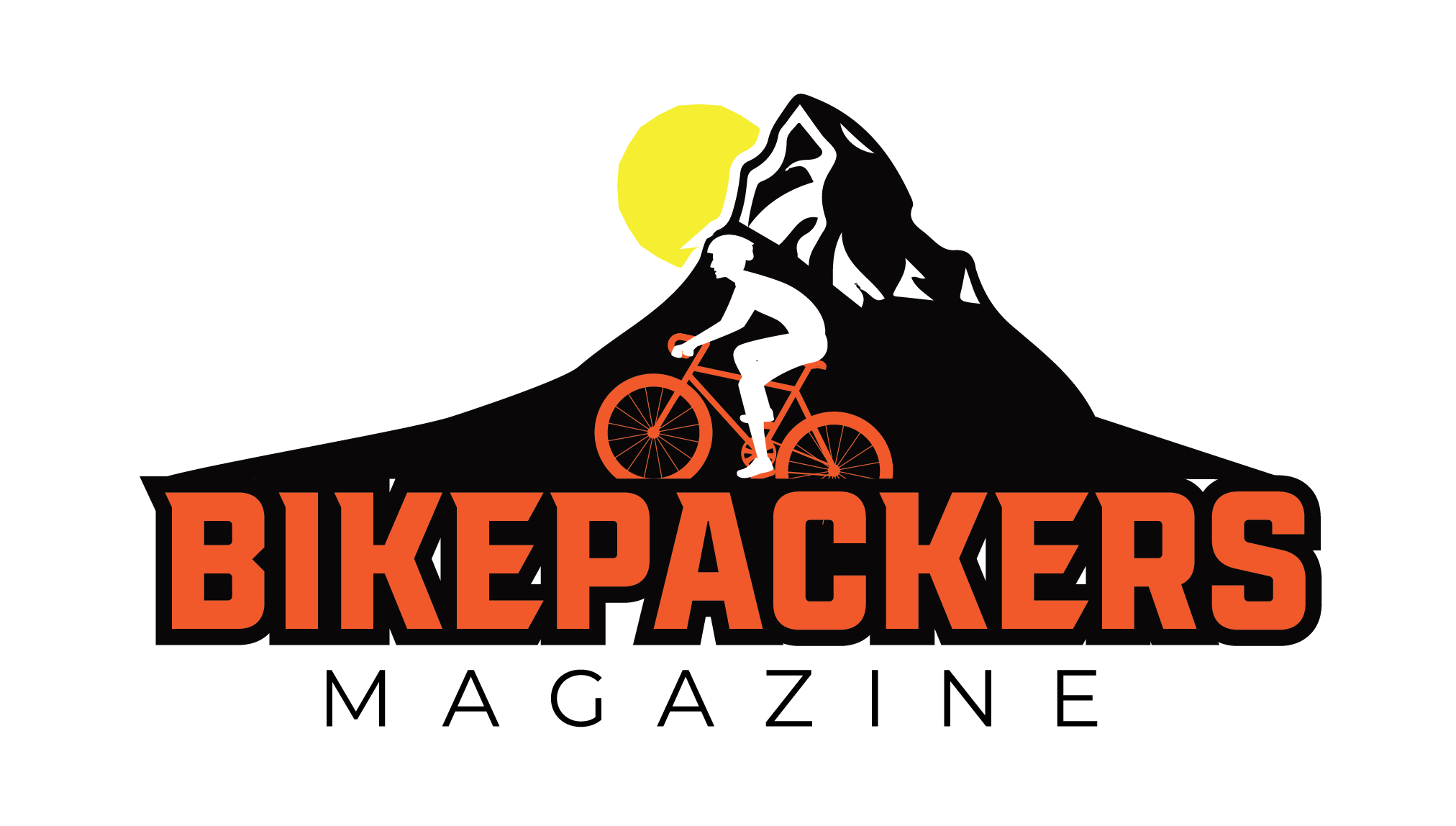Backpack Capacity
Quick Navigation
There are different-sized backpacks that gear towards the length of the trip you plan to take. You have backpacks that gear towards day and shorter weekend trips, and less bulky, which hold about 30 to 50 liters or eight to 1.3 gallons. If you know for a fact that you plan to take some day trips of mountain biking or even weekend trips, then this is the one to get. If you plan to go on a three- to five-day camping trip, you will need a larger backpack that can hold a lot of gear for warm weather. These backpacks have anywhere from 50 to 80 liters or 1.3 to 21 gallons. However, if you plan to go on a long backpacking trip that consists of five nights or more, you will need a backpack that can hold 70 liters or 18.5 gallons or more.
Larger backpacks can hold warmer sleeping bags, extra clothing, and an ideal tent for all seasons. Additionally, these larger backpacks are suitable for families. Or, if you are alone and take a shorter but more luxurious trip, then the larger backpack is ideal for you. Now, let’s talk about the features you will need in a backpack.
Backpack Features
Now you understand the differences in backpack capacities. Let’s talk about the features because they are essential for deciding which backpack you want to buy for your mountain biking and camping trip. You can get backpacks with an internal frame, external frame, or no frame. If you get a backpack with an inner frame, they hug your body and help you stay stable when you are hiking. In addition, these backpacks can help you stay steady when you are on uneven land, which means you will keep your balance better with them.
Then some backpacks have a frame on the exterior. The structure that holds your load is outside and usually consists of aluminum. This type of backpack is ideal if you carry something weighty such as a large tent. These bags also offer excellent ventilation as well as options for organizing your gear.
Some backpacks do not have frames, but they are ideal for planning a day hiking trip. They carry extra light loads, but they are not suitable for heavy loads as they become too uncomfortable.
Another feature that you can expect to see in different backpacks is a ventilation compartment with a mesh back panel suspended, which you often get with a bag with a frame internally. In addition, some packs offer other forms of accessing the bags, such as having zippers on the bags where you can unload the bag without having to unload it from the top. Others have elasticized side pockets, lid pockets, shovel pockets, and hip belt pockets, making items more accessible while hiking. Keep in mind, the more features backpacks have, the pricier they are. Now, let’s talk about the fit.
Backpack Fit
You can get backpacks that have the design to fit your torso correctly. In addition, you can get bags that fit your size, which come in straps that are extra small to extra large. Not only does the torso length depend on the size of your backpack, but the waist size does, as the backpack should have support by your hips as you wear it. Those with narrow waists may have to get packs designed for those who are short, as most medium and larger backpacks come with straps that fit those with 20 to over 40 inches in circumference. You also have backpacks that are specifically for women and youths. Now, let’s briefly talk about how manufacturers determine volume in backpacks.
How Do Manufacturers Determine Backpack Volumes?
The way that backpack makers measure backpack volumes is by adding the volume they add to their main storage compartment and pockets, including the hip belt pockets that they can zip up well. Unfortunately, smaller backpack manufacturers measure volume through open pockets such as mesh that holds water bottles and storage that they can close. Unfortunately, those looking for backpacks will not get an accurate picture when comparing backpacks from different manufacturers. The best thing to do is if you are in doubt about how much volume the backpack you want to buy can hold, then contact the manufacturer directly to find out.
Conclusion
If you are taking your first camping or mountain biking‘ trip, but you do not have a backpack, you will need to know which backpack to buy. There are so many considerations to make because you will want to get the perfect backpack for the length of the trip you plan to stay. You also want to get the right one for your comfort level, which has to do with whether there is a frame internally, externally, or with no structure. For example, if you plan to get a backpack with no frame because you are carrying a light load, you will only want to get one if you plan to backpack for one day. Carrying heavy loads in a frameless backpack will be very uncomfortable. You also need to know what other features the backpack has, and you want to make sure that it fits well. When it comes to knowing how much volume the backpack can carry, you will want to call the manufacturer to verify if you are unsure. Once you have the ideal backpack for you, it is time to start planning your trip.


